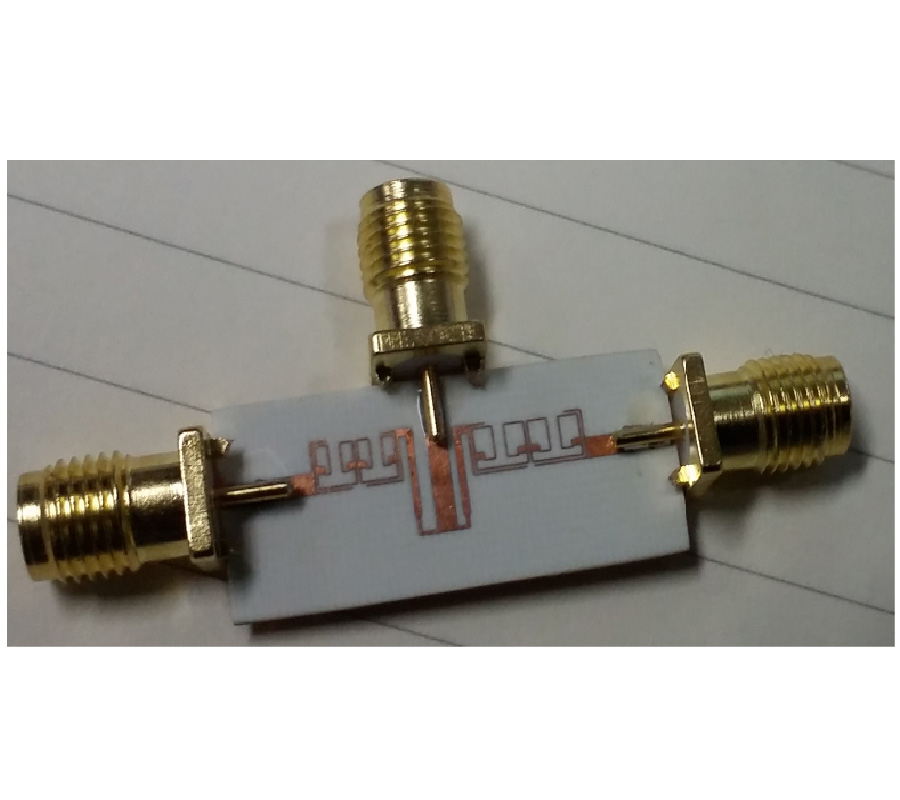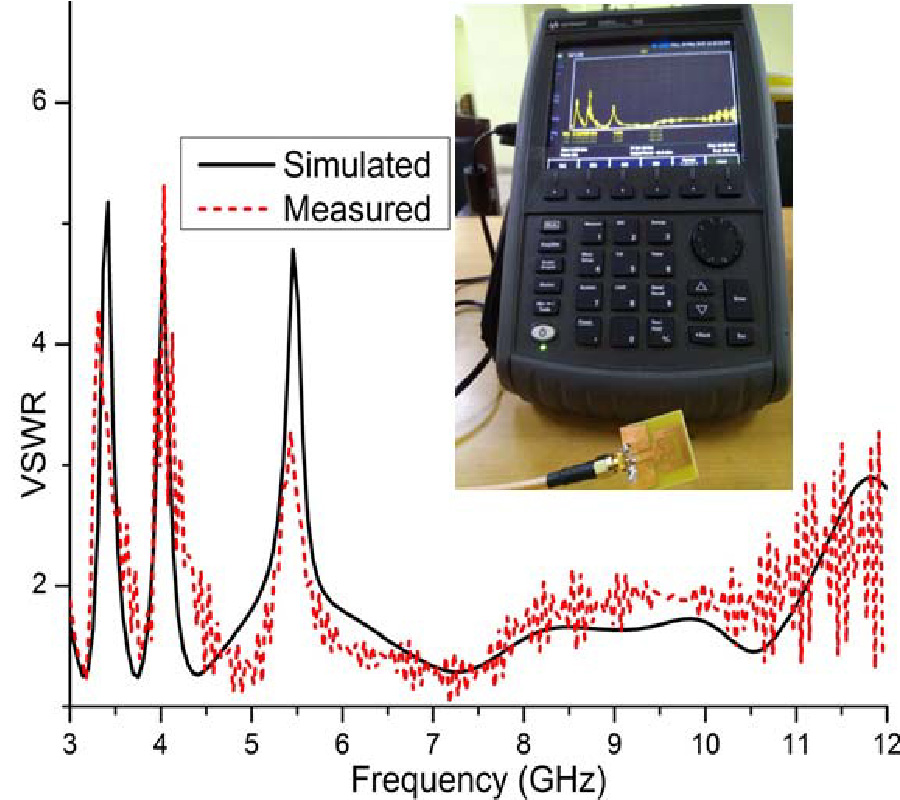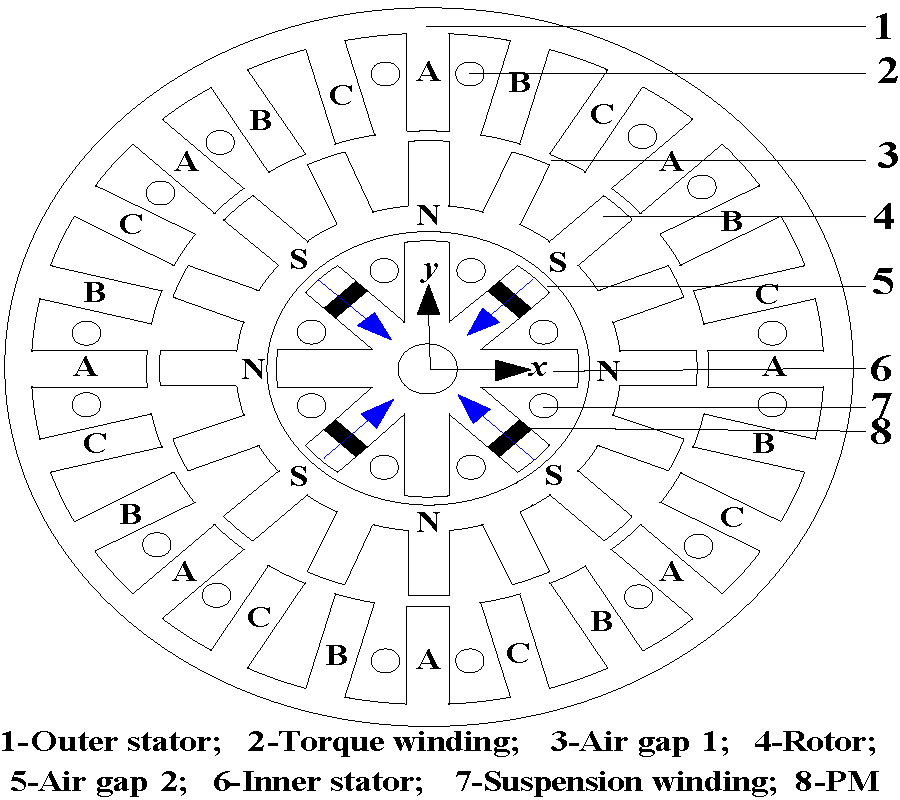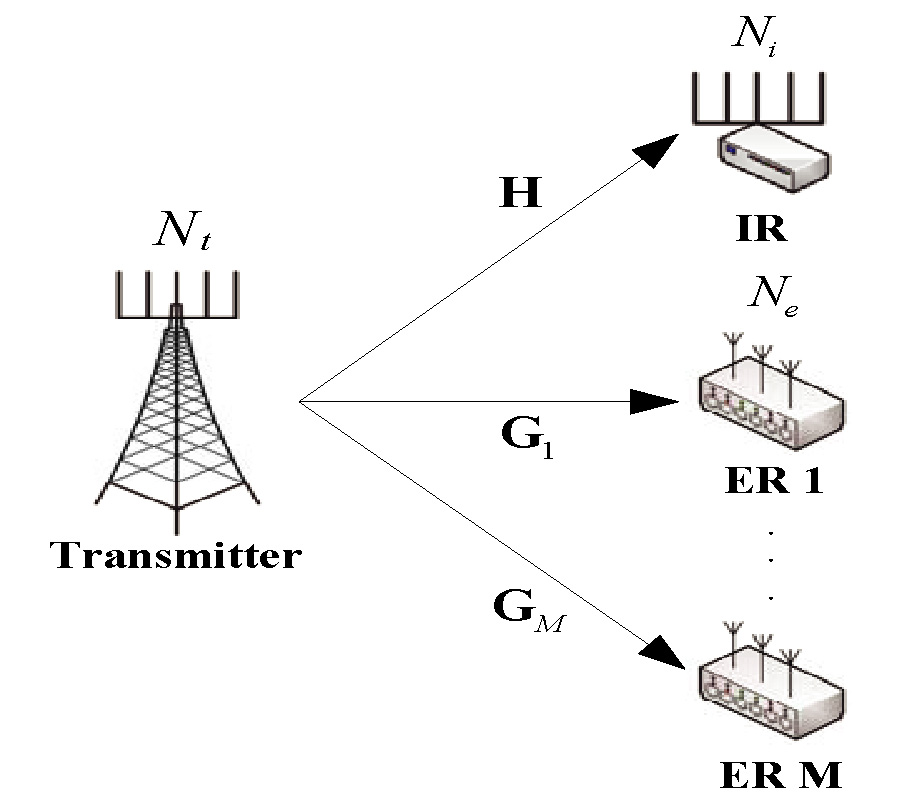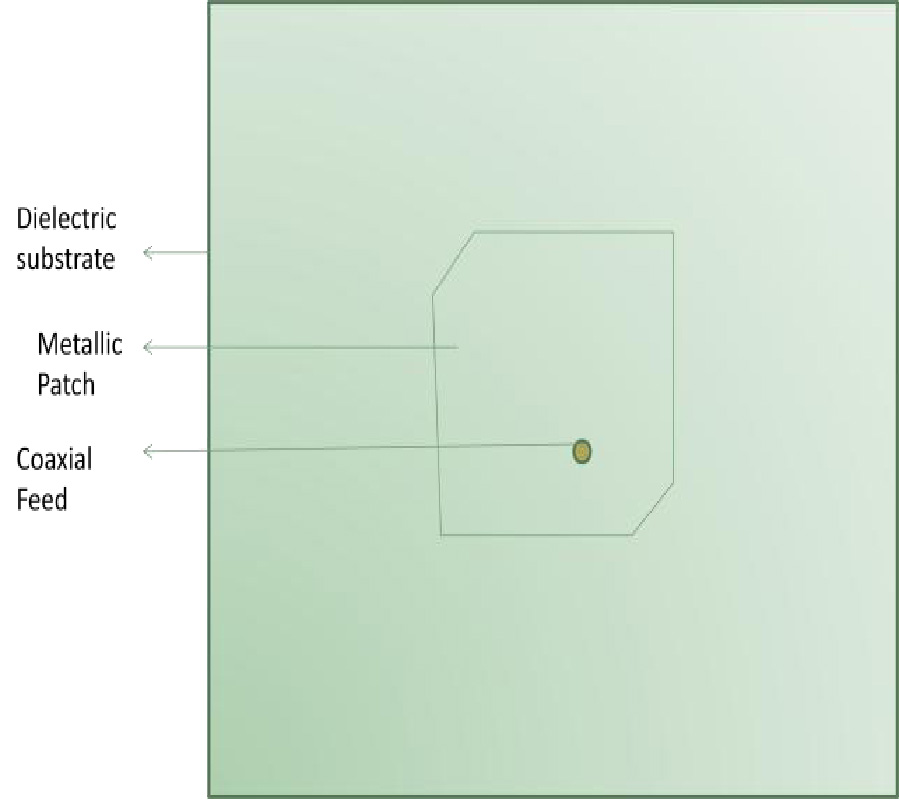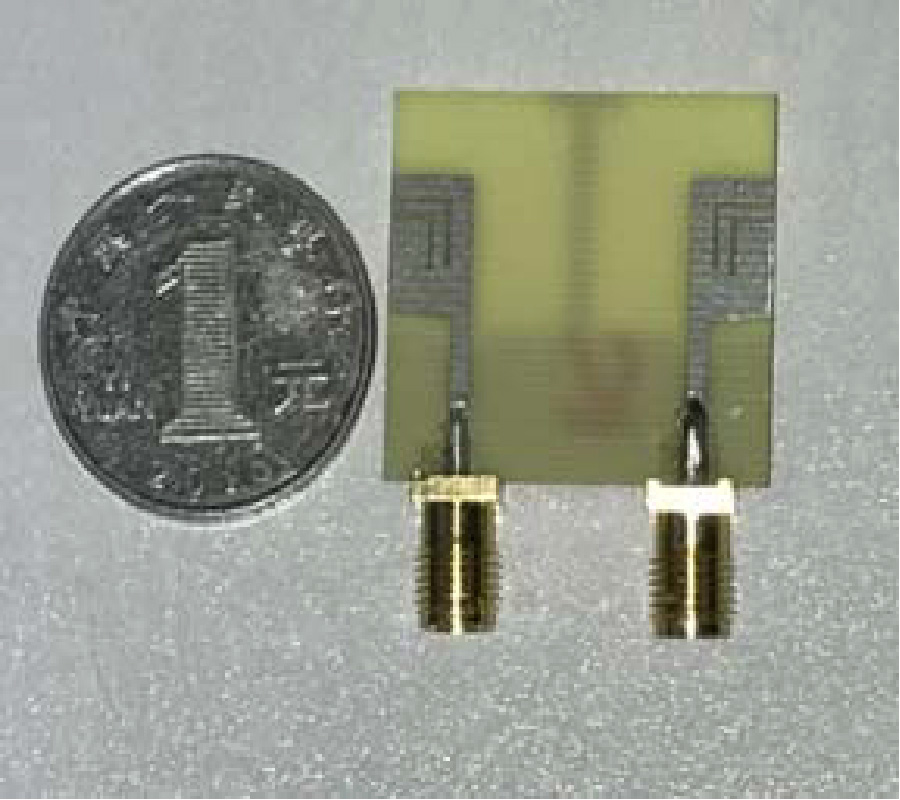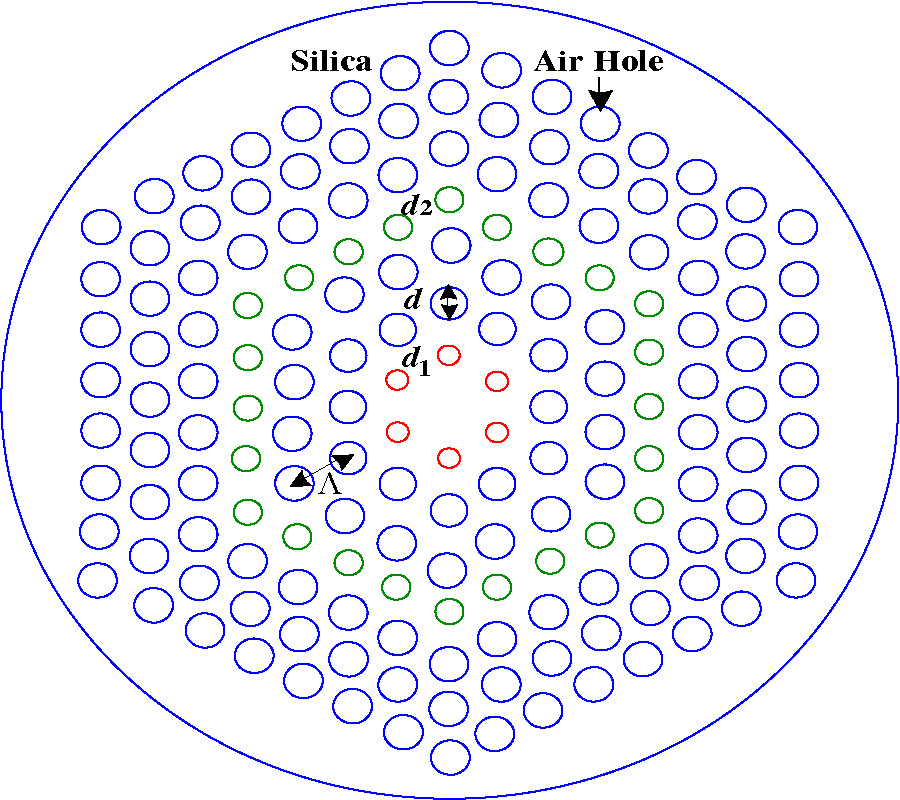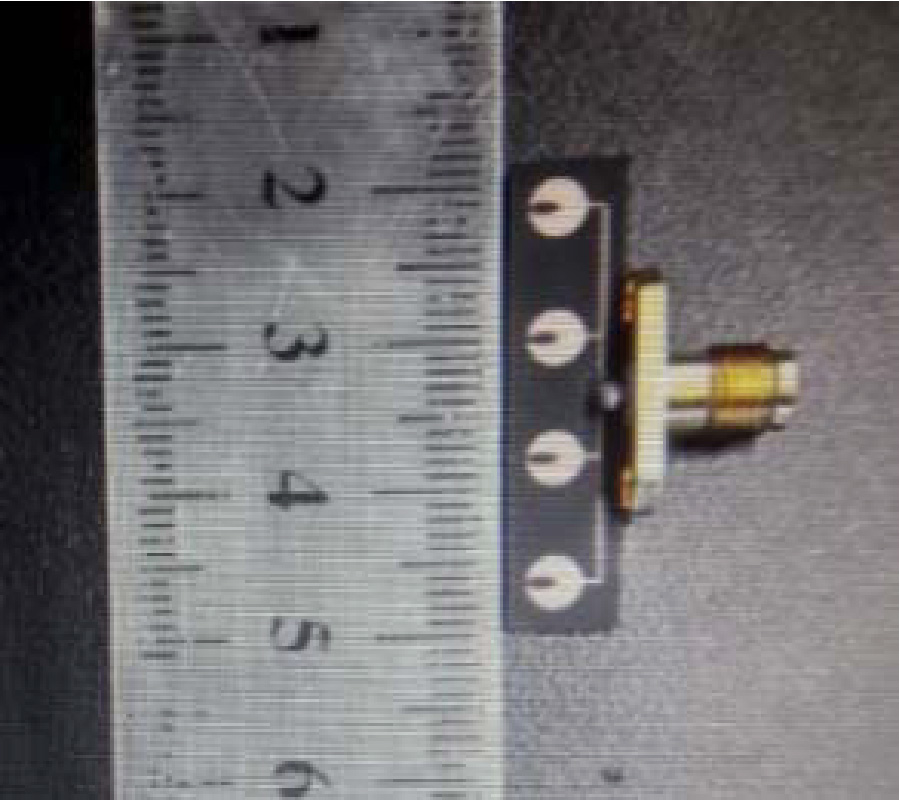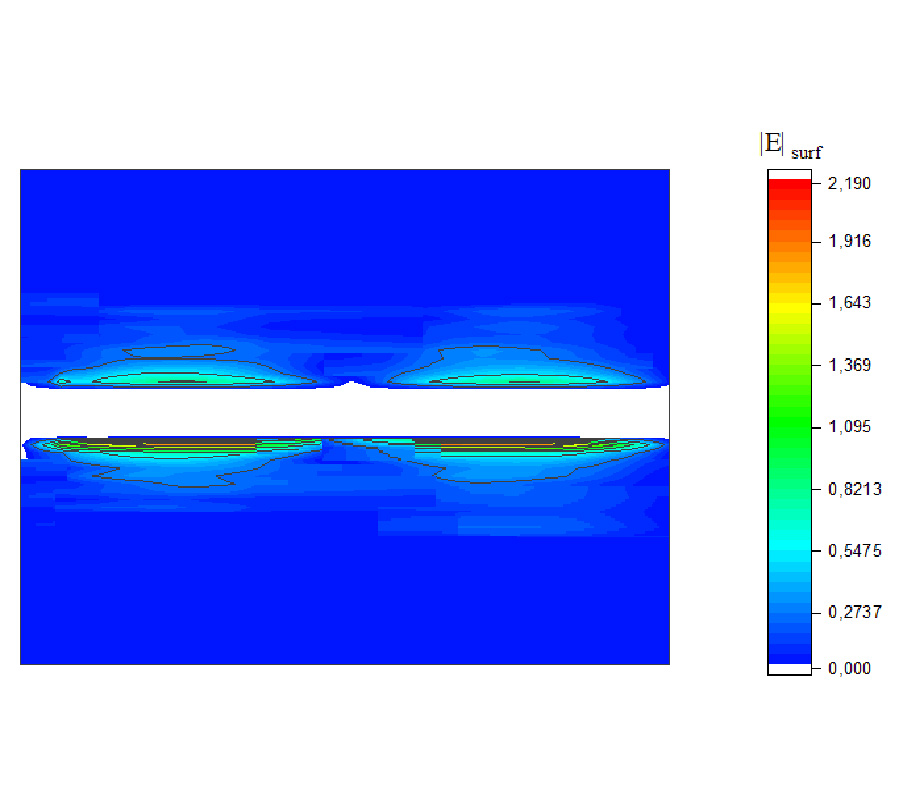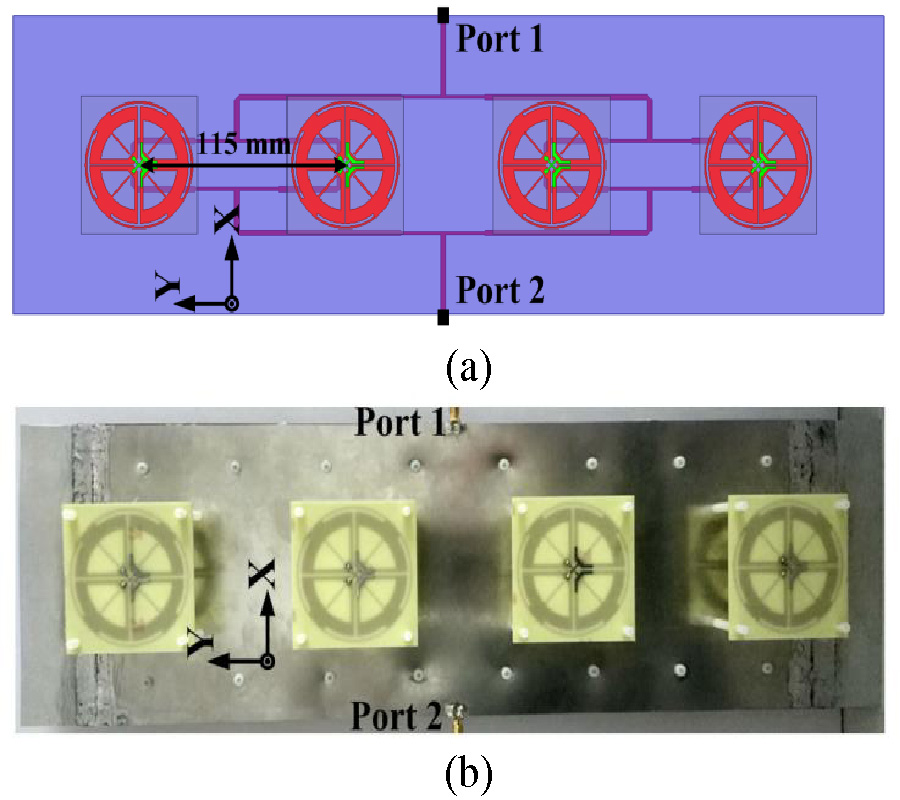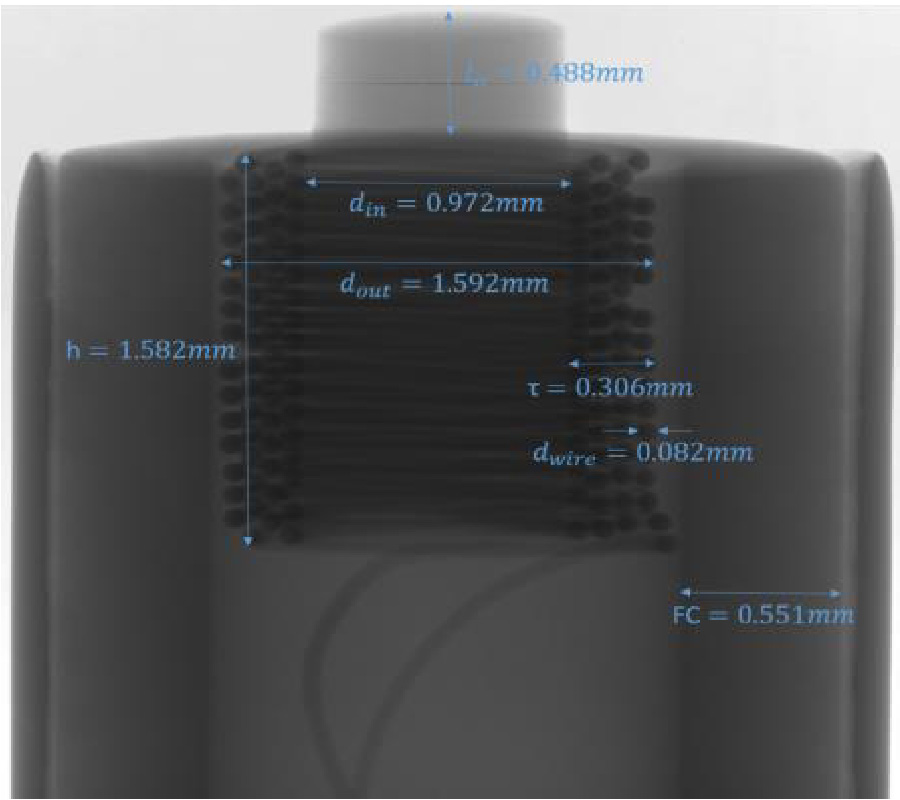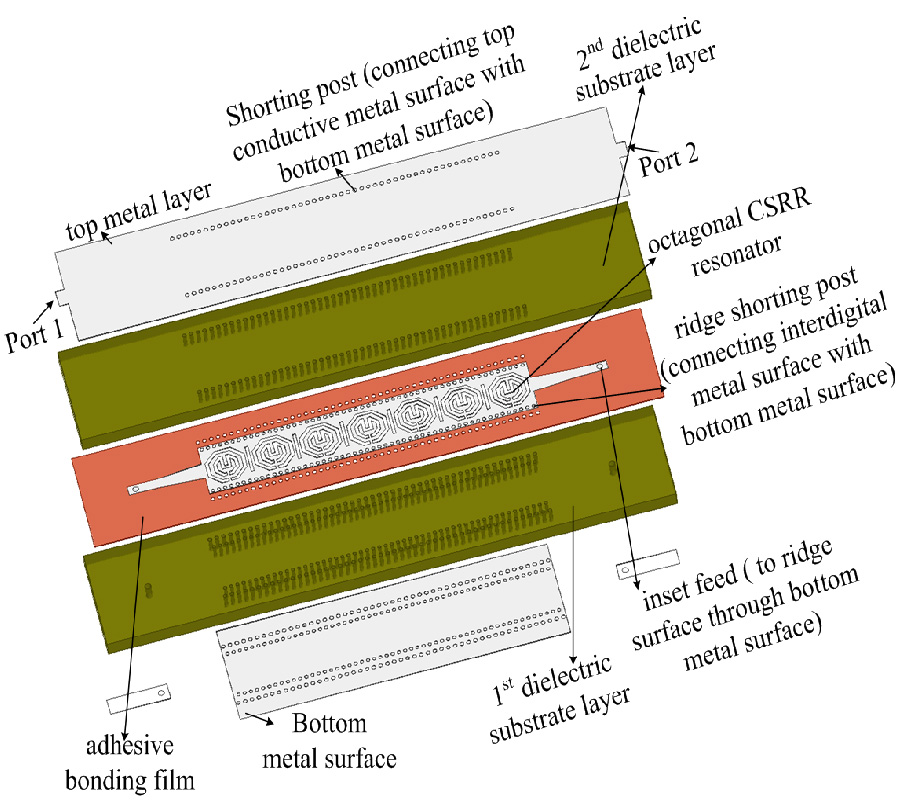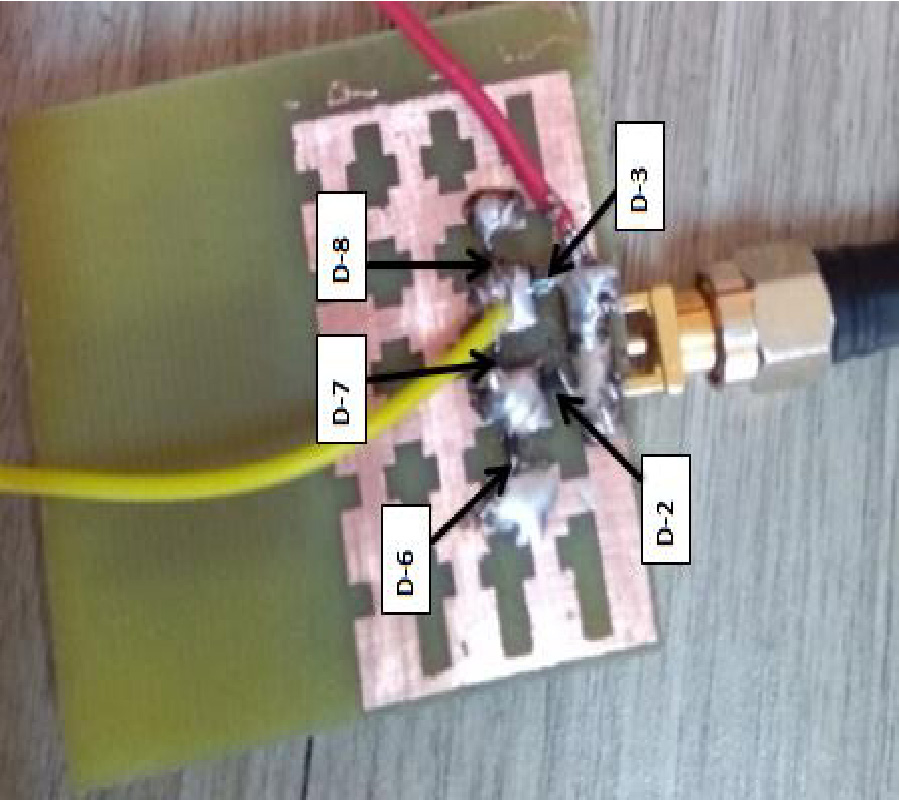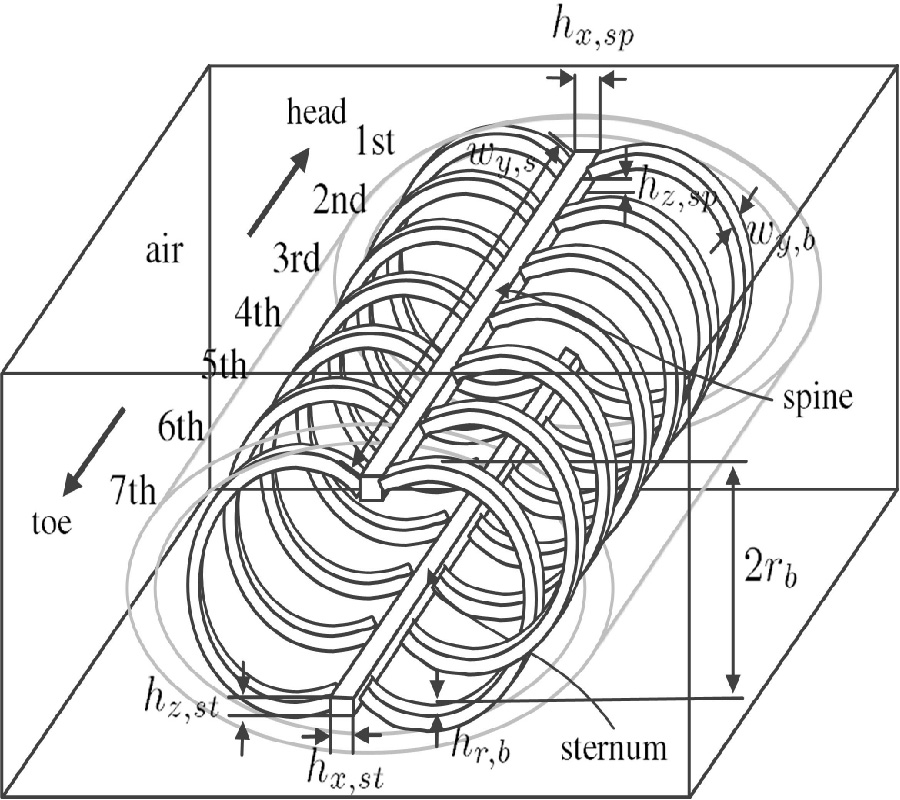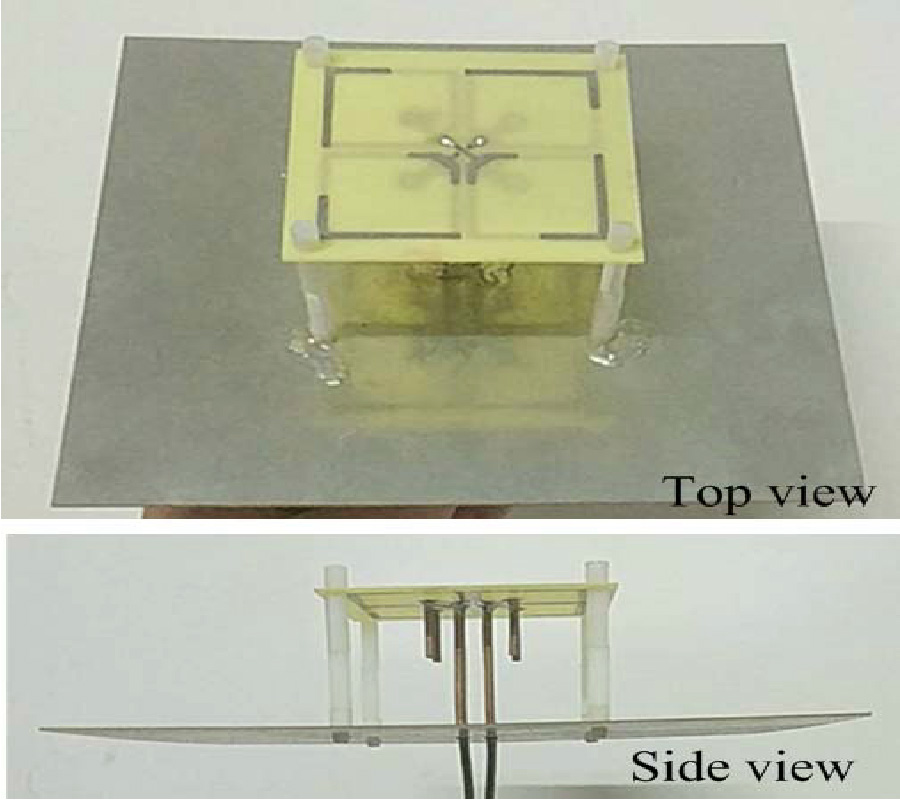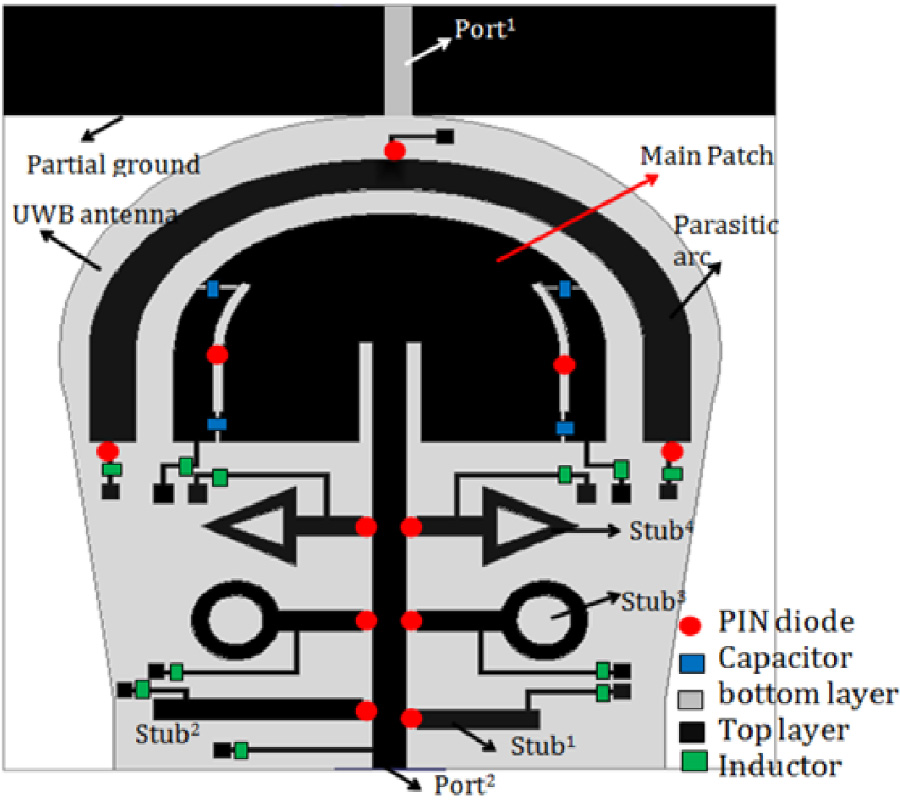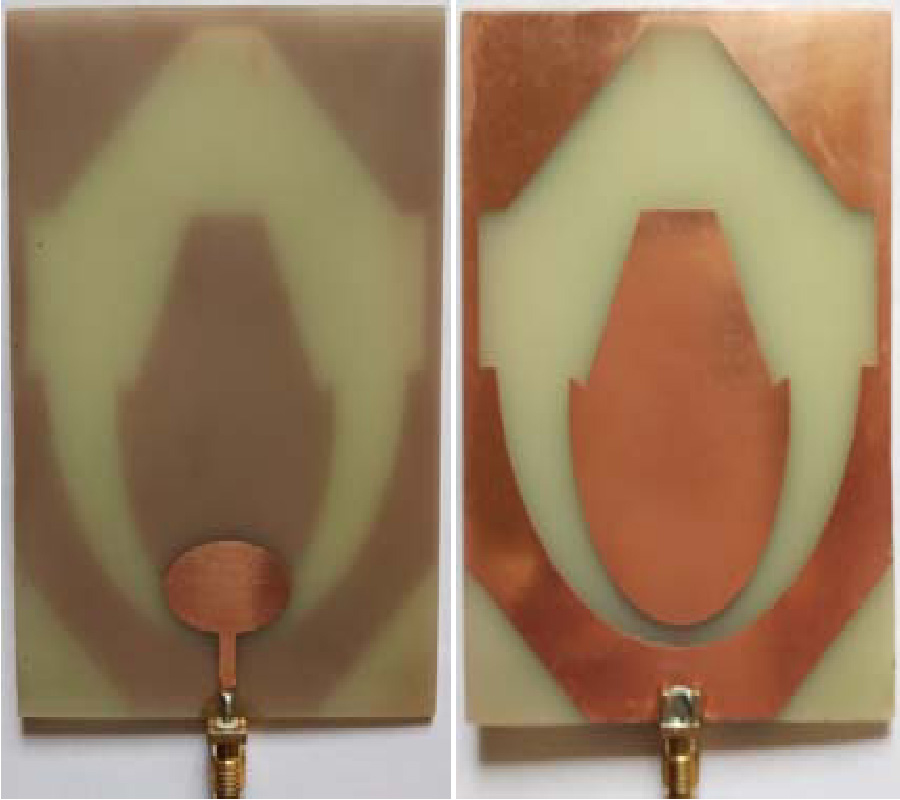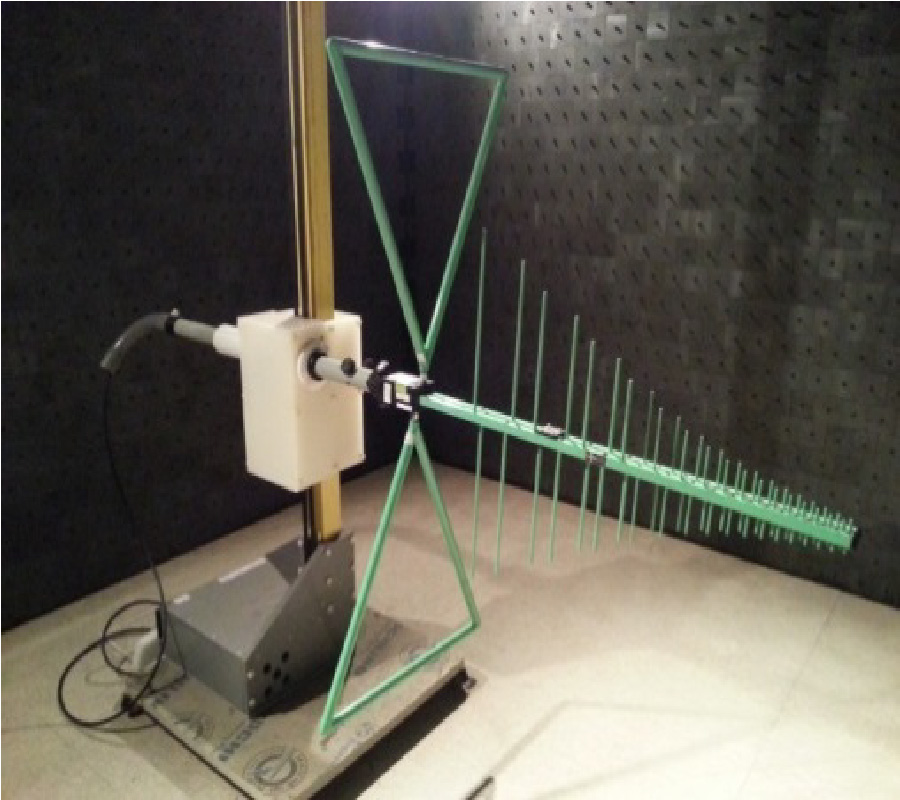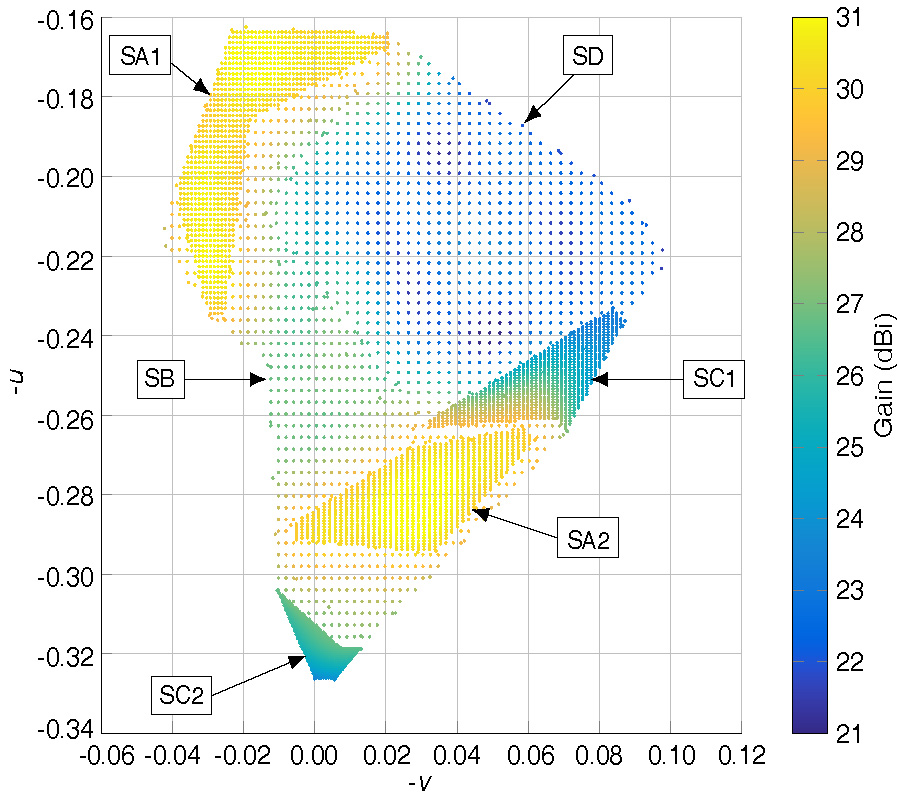Using Parametric Design to Reduce the EMI of Electronics Products - Example of Medical-Grade Touch Panel Computer
Chien-Yi Huang,
Ching-Hsiang Chen and
Christopher Greene
With technical advancement and development, the amount of electronic equipment is increasing, while the functions of products are enhanced, and the routing density of Printed Circuit Boards (PCBs) becomes larger. In the electronic industry, medical instruments are used to diagnose, treat, mitigate or prevent human diseases, and maintain and promote health. Industrial PCs for medical use and their accessories should be immune to interference from external electromagnetic noise, and should not become interference sources of electromagnetic noise radiation, so they have become issues of interest with respect to ensuring safety of medical equipments in medical operation environments in recent years. This research relates to parametric design using the Taguchi Method in the early stage of product development for medical-grade touch panel computers. In considering the use of Radiated Emission (RE) in Electromagnetic Compatibility (EMC) as a response value, the experiment covers control factors such as PCB and mechanism design related parameters. In addition, peripheral devices used in conjunction with a product are considered as noise factors when the product is in use, while interaction between the control factors is studied. The Taguchi Method is used to select an appropriate inner/outer orthogonal array, and a response diagram and a variance method are used for analysis to provide an optimal set of design parameters, in which the number of routing layers of a riser card is 6; the EMI filter on the isolated card is 600 Ω; the shunt capacity for the clock on main board is 33p; and the isolated card is grounded. Moreover, it is found that an interaction exists between the number of routing layers of the riser card and the EMI filter of the isolated card. From the result of the experiment, with such a set of parameters, the SN (Signal to Noise Ratio) lies in the confidence interval, indicating good reproducibility of the experiment. Such a parametric design effectively improves the electromagnetic interference (EMI) characteristics of a product to meet design specifications required by customers, accelerate the R&D process of electronic products, and pass EMI test regulations required by various countries in order to improve industrial competitiveness.
